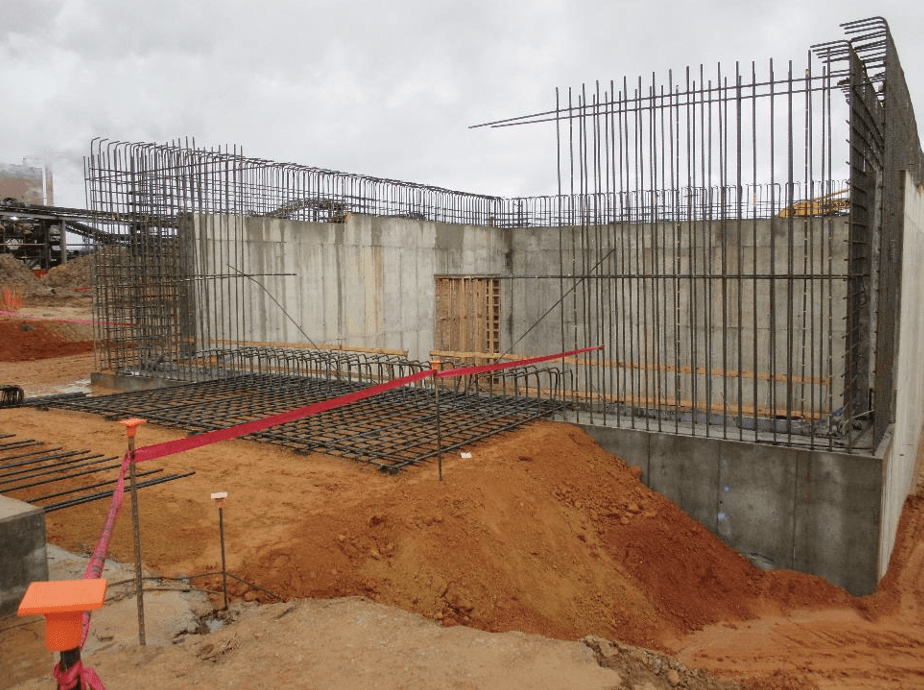Specialist Civil Geotechnical Engineering Providers for Intricate Projects
Specialist Civil Geotechnical Engineering Providers for Intricate Projects
Blog Article
How Consulting Engineers Enhance Geotechnical Design Projects: Insights Into Their Experience, Techniques, and Collaborative Approaches
Consulting designers are pivotal in improving geotechnical engineering tasks, using their specialized knowledge to browse the complexities of subsurface conditions. Their methods include a variety of website investigation strategies, including Standard Infiltration Tests (SPT) and Cone Infiltration Tests (CPT), which educate vital decisions throughout the design and building and construction phases. Their collective techniques foster communication among varied job stakeholders, inevitably shaping the project's trajectory. As we analyze the diverse functions these professionals play, it comes to be clear that their contributions expand beyond technological proficiency, motivating a closer check out the implications for job success.
Role of Consulting Engineers
The competence of consulting engineers in geotechnical engineering is essential to the effective implementation of building and construction projects. These professionals play an essential duty in analyzing soil and rock residential properties, which are essential factors influencing design and building decisions. By carrying out complete website examinations, getting in touch with designers accumulate essential data that informs the design process, ensuring projects are improved stable and suitable ground.
Consulting designers additionally supply invaluable insights right into threat monitoring (geotechnical geologist). They recognize prospective geotechnical dangers, such as landslides, soil liquefaction, and settlement issues, making it possible for stakeholders to apply effective mitigation approaches. Their expertise help in maximizing foundation designs, which can lead to substantial price savings and enhanced safety
In addition, getting in touch with designers function as a vital web link in between job owners, engineers, and service providers. Their capability to translate intricate geotechnical data into workable recommendations cultivates partnership and helps with educated decision-making throughout the job lifecycle. This multidisciplinary approach not just enhances task efficiency yet likewise ensures conformity with regulatory requirements and best techniques.
Key Techniques in Geotechnical Engineering

One primary approach is website examination, which entails performing area examinations and laboratory analyses to gather data on subsurface conditions. Methods such as Requirement Infiltration Screening (SPT) and Cone Infiltration Screening (CPT) are commonly made use of to review dirt stratigraphy and toughness. In addition, geophysical approaches, consisting of seismic and electric resistivity studies, supply non-invasive methods to analyze subsurface characteristics.
Another critical methodology is numerical modeling, which enables designers to imitate numerous circumstances and anticipate exactly how soil-structure interactions will behave under various loading problems. Finite Element Analysis (FEA) is an usual strategy used in this context.
Additionally, the style of foundations, retaining frameworks, and earthworks depends heavily on these approaches - geotechnical geologist. By integrating innovative logical tools with area information, consulting engineers can create customized services that address details job difficulties, ultimately adding to the stability and safety of building and construction jobs
Significance of Dirt Evaluation
Soil analysis offers as a foundational component in geotechnical engineering, giving necessary insights right into the physical and chemical residential properties of soil needed for effective building preparation. Understanding dirt characteristics is vital for determining its load-bearing capability, water drainage behavior, and capacity for negotiation or instability. Detailed soil investigations, consisting of sampling and lab screening, aid identify specifications such as dirt kind, moisture content, density, and shear toughness.
These evaluations inform the choice of proper building and construction techniques and materials, eventually affecting task safety imp source and security and longevity. As an example, cohesive dirts might call for various structure designs compared to granular soils, requiring tailored design remedies. Furthermore, soil analysis aids in identifying pollutants that might position dangers to human health and wellness or the setting, permitting the growth of reduction methods.
Integrating soil evaluation right into the very early stages of job advancement aids to reduce unpredicted challenges, making sure that engineers can expect and address prospective issues before they intensify. By establishing an extensive understanding of the website problems, speaking with engineers can maximize style effectiveness and reduce prices, consequently improving the overall success of geotechnical design jobs.
Collaborative Strategies in Jobs
Effective geotechnical jobs commonly depend upon joint techniques that unite varied expertise from different disciplines. Reliable partnership amongst seeking advice from engineers, rock hounds, environmental scientists, and construction experts is essential for resolving complex obstacles and optimizing task outcomes. By leveraging the special skills and understanding of each group member, tasks can take advantage of check over here an alternative understanding of the website conditions, regulative needs, and engineering restrictions.
Regular communication and interdisciplinary conferences facilitate the sharing of insights and promote a society of teamwork. These collective initiatives enable the identification of prospective threats early in the project lifecycle, permitting prompt reduction methods. Integrating responses from stakeholders, consisting of neighborhood communities and regulatory agencies, guarantees that all point of views are thought about, boosting task approval and conformity.
In addition, the assimilation of innovative modern technologies, such as Geographic Details Systems (GIS) and Structure Details Modeling (BIM), more boosts cooperation. These devices permit the real-time sharing of information and visualization of geotechnical conditions, advertising educated decision-making. Inevitably, a collaborative technique not only enhances task implementation but also lays the foundation for innovative solutions to complex geotechnical design obstacles.
Effect on Job Results

Consulting engineers use sophisticated techniques such as risk analysis and predictive modeling, which improve the precision of project projections. Their capacity to integrate ingenious modern technologies, like geotechnical instrumentation and data analytics, additionally refines the style and building and construction processes. Because of this, tasks experience boosted efficiency, minimized prices, and reduced delays.
In addition, fostering efficient interaction and cooperation among employee boosts problem-solving abilities. When difficulties emerge, a joined front permits quick recognition of remedies, preventing potential problems. Eventually, the collective initiatives of getting in touch with engineers add to better outcomes, guaranteeing that jobs satisfy both regulative requirements and customer assumptions.
Final Thought

Report this page